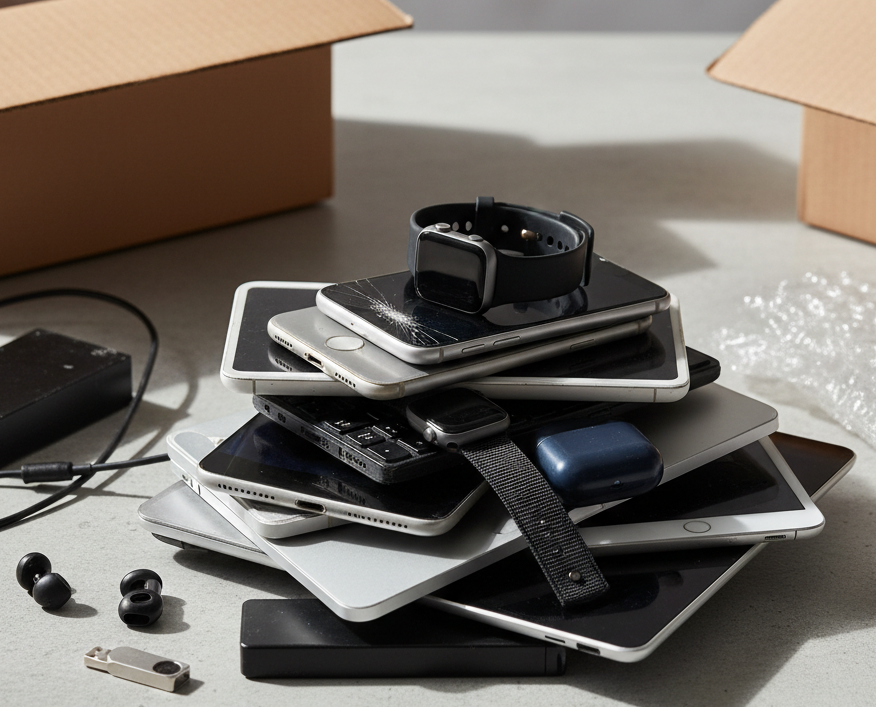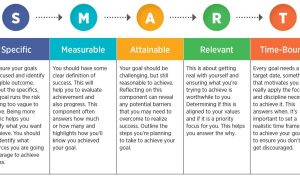In a world where technology evolves at lightning speed, keeping up with the latest gadgets can feel like an impossible and expensive task. That new smartphone you bought last year is now considered “last generation,” and your perfectly good laptop is suddenly struggling to keep up with the latest software updates. The good news? The thriving market for used electronics offers a fantastic opportunity to recoup some of your initial investment and fund your next tech upgrade.
Selling your used electronics and gadgets is no longer a niche activity. It’s a mainstream way to earn extra cash, declutter your home, and contribute to a more sustainable, circular economy. However, successfully selling your items—especially for a good price and without the hassle of scams or endless negotiations—requires a strategic approach.
This comprehensive guide will walk you through everything you need to know, from preparing your device for sale to listing it effectively and closing the deal.
Why Bother Selling Your Old Tech?
Before we dive into the “how,” let’s quickly touch on the “why.” Why should you take the time to sell your old electronics instead of just letting them collect dust or throwing them away?
- Financial Gain: This is the most obvious reason. Even a five-year-old iPhone or a two-year-old gaming console can still fetch a decent price, providing you with a budget for your new purchase.
- Environmental Responsibility: Electronic waste, or “e-waste,” is a massive global problem. By selling your devices, you give them a second life and prevent them from ending up in a landfill, where harmful chemicals can leach into the soil and water.
- Decluttering: Get rid of those old tablets, smartwatches, and chargers that are taking up space in your drawers. A tidy space leads to a tidy mind.
- Supporting Others: Someone out there is looking for an affordable device. Your old gadget might be the perfect fit for a student, a child, or someone on a tight budget.
Step 1: Prepare Your Device for Sale
This is arguably the most critical step. A well-prepared device is more attractive to buyers and protects your personal data. Don’t skip these steps!
1. Back Up All Your Data
Before you do anything else, make sure you have a complete backup of all your personal data. This includes photos, videos, contacts, documents, and app data. For smartphones, you can use cloud services like Google Drive, iCloud, or a physical backup to your computer. For laptops, an external hard drive is your best bet.
2. Factory Reset the Device
This step is non-negotiable. A factory reset wipes all personal information and restores the device to its original, out-of-the-box state. This not only protects your privacy but also ensures the new owner gets a clean slate. The process varies by device:
- For iPhones and iPads: Go to Settings > General > Transfer or Reset iPhone > Erase All Content and Settings.
- For Android Phones: Go to Settings > System > Reset options > Erase all data (factory reset).
- For Windows Laptops: Go to Settings > Update & Security > Recovery > Reset this PC.
- For MacBooks: You’ll need to erase the startup disk using Disk Utility and then reinstall macOS.
3. Clean the Device Thoroughly
First impressions matter. Use a soft, microfiber cloth to wipe down the screen and body of the device. Use a small brush or a can of compressed air to clean out dust from ports and vents. A clean device looks newer, is more appealing, and suggests it was well-cared for.
4. Gather All Accessories and Original Packaging
The value of your item increases significantly if you can include the original box, charger, cables, and manuals. Having these items makes the device feel more “complete” and authentic to a potential buyer.
Step 2: Determine a Fair Selling Price
Pricing your item correctly is key to a quick sale. Price it too high, and it won’t sell; price it too low, and you’ll lose out on potential profit.
- Check Recent Sales: The best way to price your item is to see what similar items have sold for recently. Check sites like eBay’s “Sold Listings” or search on local marketplaces like Facebook Marketplace and Craigslist.
- Assess Condition: Be honest about the condition of your device. A device in “like new” condition with the box and all accessories will sell for more than one with a cracked screen or noticeable scratches. Be prepared to lower your price for any flaws.
- Factor in the Cost of Listing: Remember that some platforms, like eBay and Amazon, charge fees for selling. Account for these fees when setting your final price.
Step 3: Choose the Right Selling Platform
There are dozens of places to sell your gadgets, each with its own pros and cons.
- Online Marketplaces (e.g., eBay, Amazon): These platforms offer a global audience and buyer protection. However, they charge fees and require you to handle shipping.
- Local Marketplaces (e.g., Facebook Marketplace, Craigslist): Great for a quick, in-person sale. You avoid shipping costs and fees. However, you must be cautious about meeting strangers and handling cash transactions. Always meet in a safe, public place.
- Trade-in Programs (e.g., Best Buy, Apple, Gazelle): These are the easiest and fastest options. You get an immediate quote and just have to ship the device. The downside? You typically receive less money than you would from a private sale.
Step 4: Create an Irresistible Listing
Your listing is your sales pitch. Make it count.
1. Take High-Quality Photos
This is the most important part of your listing. Use natural light, a clean background, and take multiple photos from different angles. Show the device powered on, and be honest by including photos of any minor flaws.
2. Write a Clear and Detailed Description
Don’t just write “iPhone for sale.” Provide a detailed description that includes:
- Brand and Model: (e.g., Apple iPhone 13 Pro, Samsung Galaxy S21 Ultra)
- Condition: (e.g., “Excellent condition, no scratches on the screen.”)
- Specs: Storage capacity (e.g., 256GB), color, RAM.
- Accessories: What’s included? (e.g., “Comes with original box, charger, and a clear case.”)
- Reason for Selling: A simple “Upgraded to a newer model” or “No longer need it” can help build trust.
3. Set a Fair and Firm Price
State your price clearly. If you’re willing to negotiate, you can add “OBO” (Or Best Offer).
Step 5: Seal the Deal Safely
Once a buyer is interested, take these steps to ensure a smooth and safe transaction.
- Communicate Clearly: Respond to questions promptly and professionally. Be honest about the item’s condition.
- Verify Payment: If you’re shipping the item, wait until the payment has fully cleared before sending it. Don’t fall for fake payment screenshots or checks. For local sales, accept cash or use secure payment apps like PayPal or Venmo.
- Meet Safely: If you’re meeting a local buyer, choose a public, well-lit location. Many police stations have “e-commerce zones” for this purpose.
Conclusion: Your Tech, Your Terms
Selling your used electronics is a smart, profitable, and environmentally friendly decision. By taking the time to prepare your device, price it competitively, and create a professional listing, you’ll not only make the process seamless but also ensure you get the best possible return on your investment.







